Specification
| Basic Information | |
| Base Frequency | 2.40 GHz |
| Maximum Turbo Frequency | 5.20 GHz |
| Cache | 30 MB Intel Smart Cache |
| Cores | 16 (8 x P-Cores + 8 x E-Cores) |
| Threads | 24 |
| Default TDP | 125W |
| Memory Specifications | |
| Maximum Size | 128 GB |
| Maximum Speed | 76.8 GB/s |
| Type | Up to DDR5 4800 MT/s Up to DDR4 3200 MT/s |
| Max Number of Channels | 2 |
| Graphics Specifications | |
| Processor Graphics | Intel UHD Graphics 770 |
| Base Frequency | 300 MHz |
| Max Dynamic Frequency | 1.55 GHz |
| Max Resolution | HDMI: 4096 x 2160 @ 60Hz DP: 7680 x 4320 @ 60Hz eDP – Integrated Flat Panel: 5120 x 3200 @ 120Hz |
| Core Count | 32 |
| Warranty Information | |
| Manufacturing Warranty | 03 years warranty (No Warranty for Fan or Cooler) |
Intel Core i9-12900KS 12th Gen Alder Lake Processor
The Intel Core i9-12900KS features 16 cores (8 P-cores and 8 E-cores) and insane 5.5 GHz max turbo frequency, making it the ultimate processor for gamers, content creators and more who want the fastest performance.
Take the next evolutionary leap. Powered by the performance hybrid architecture, which, for the first time in a desktop processor , incorporates two types of cores — Performance cores (P-cores) and Efficient cores (E-cores) — in a single processor , the 12th Gen Intel Core i9-12900KS processors deliver optimized single-thread performance and multi-tasking efficiency for complicated modern workloads. The 12th Gen also ushers in DDR5 and PCIe 5.0 for a new level of platform performance.
Revolutionary performance and multitasking:
- With the highest clock speeds and a groundbreaking new architecture, you’ll be able to push your gameplay to new heights while secondary apps run seamlessly in the background.
- Up to 5.5 GHz Max Clock Speed(1)
- 16 Cores (8 Performance-cores, 8 Efficient-cores)
- 24 Threads (16 on Performance-cores, 8 on Efficient-cores)
- Unlocked and overclockable(2)
Divide and conquer:
- Intel Core i9-12900KS new performance hybrid architecture integrates two core families into a single CPU, keeping everything in your gaming universe running smoothly.
- Intel Thread Director prioritizes and manages workloads, sending tasks to the best core for the job.(4)
- P-cores are built for performance across single and lightly-threaded workloads, enhancing activities like gaming and productivity.
- E-cores are optimized for multi-threaded performance, minimizing interruptions from secondary tasks.
Performance beyond the cores:
- The new processor architecture is also compatible with the latest platform innovations, giving you performance improvements throughout your PC.
- Support for PCIe Gen 5 and DDR5 for high-performance components like memory and graphics.
- Thunderbolt 4 and Intel Killer Wi-Fi 6/6E (Gig+) deliver fast transfer speeds and connections to peripherals.(5)
- Separate overclocking controls for both types of cores gives you nuanced personalization.
Intel 12900KS PROCESSOR FEATURES
- 16 (8P+8E) cores and 24 threads
- 3.4 base GHz. 5.5 max GHz
- Unlocked and overclockable
- Intel Thermal Velocity Boost, Intel Adaptive Boost Technology, PCIe Gen 5.0 & 4.0 support and DDR5 and DDR4 support
- Compatible with Intel 600 series chipset based motherboards
INTEL CORE i9-12900KS PROCESSOR REVIEWS
Intel‘s Core i9-12900K arrived last year as the fastest gaming CPU we’ve ever tested, but the new Special Edition Intel Core i9-12900KS pushes the Alder Lake family up to a blistering 5.5 GHz, a record high for PCs, making it the fastest desktop PC chip in all categories. The Intel Core i9-12900KS comes to market on April 5, but we snagged a chip to put it to the test ahead of the final launch.
But that isn’t the final word yet: AMD has its Ryzen 7 5800X3D waiting in the wings. The 5800X3D comes with the first 3D-stacked SRAM for desktop PCs, granting the chip a whopping 96MB of L3 cache that AMD says will take back the crown of the best CPU for gaming when it arrives on April 20.
Make no mistake, Intel‘s goal with the Intel Core i9-12900KS is to cement itself atop the performance charts to cut off the 5800X3D before it even arrives on the market. Intel aims to accomplish this feat by leveraging the 12900K’s existing 16-core 24-thread design, but with a higher binning that supports speeds up to 5.5 GHz on two cores and up to 5.2 GHz for all-core boosts, both enabled by adding in Intel‘s most advanced boosting tech.
That comes at the cost of extra power, though: The Core i9-12900KS comes with a 150W processor base power (PBP), a record for a mainstream desktop processor . As we’ll show below, it’s an understatement to say the 12900KS runs hot, so it requires the beefiest of cooling solutions. However, as we’ll detail, some of that tendency to run hot is by design to enable a new level of performance for desktop PCs.
The speedy Intel Core i9-12900KS is sure to satisfy deep-pocketed performance addicts, and it comes with the same overall feature set as the 12900K, like support for DDR5 and PCIe 5.0 on the desktop. AMD can’t match that type of connectivity until its 5nm Ryzen 7000 ‘Raphael’ Zen 4 CPUs arrive later this year. The Intel Core i9-12900KS also comes with Alder Lake’s new hybrid x86 design that combines eight big and fast Performance cores (P-cores) with two four-core clusters of small and powerful Efficiency cores (E-cores) that chew through background processes.
Intel’s Core i9-12900K catapulted the company back to the top of the performance and value charts after the beating it took at the hands of AMD’s Ryzen 5000 family, but AMD is finally firing back with seven new chips of its own that will come to market this month. Intel‘s Core i9-12900KS is Intel‘s brazen ‘power and price be damned’ attempt at keeping the performance crown at all costs, just like we saw with Intel Core i9 only other ‘Special Edition’ chip, the Core i9-9900KS.
Intel 12th Gen Processor Compare:
| MODEL | i9-12900KS | i9-12900KF | i7-12700K | i7-12700KF | i5-12600K | i5-12600KF |
|---|---|---|---|---|---|---|
| Processor Cores (P-cores + E-cores) | 16 (8P+8E) | 16 (8P+8E) | 12 (8P+4E) | 12 (8P+4E) | 10 (6P+4E) | 10 (6P+4E) |
| Processor Threads | 24 | 24 | 20 | 20 | 16 | 16 |
| P-core / E-core Base Frequency (GHz) | 3.4P-core / 2.5E-core | 3.2P-core / 2.4E-core | 3.6P-core / 2.7E-core | 3.6P-core / 2.7E-core | 3.7P-core / 2.8E-core | 3.7P-core / 2.8E-core |
| Single P-core / E-core Turbo Frequency (GHz) | Up to 5.1P-core / 3.9E-core | Up to 5.1P-core / 3.9E-core | Up to 4.9P-core / 3.8E-core | Up to 4.9P-core / 3.8E-core | Up to 4.9P-core / 3.6E-core | Up to 4.9P-core / 3.6E-core |
| Intel Turbo Boost Max Technology 3.0 Frequency (GHz) | Up to 5.2 | Up to 5.2 | Up to 5.0 | Up to 5.0 | N/A | N/A |
| Intel Smart Cache (L3) Size | 30MB | 30MB | 25MB | 25MB | 20MB | 20MB |
| Total L2 Cache | 14MB | 14MB | 12MB | 12MB | 9.5MB | 9.5MB |
| Memory Speed | DDR4 DDR5 | DDR4 DDR5 | DDR4 DDR5 | DDR4 DDR5 | DDR4 DDR5 | DDR4 DDR5 |
| Memory Speed Support | 4800MHz 3200MHz | 4800MHz 3200MHz | 4800MHz 3200MHz | 4800MHz 3200MHz | 4800MHz 3200MHz | 4800MHz 3200MHz |
| Total CPU PCI Express Lanes | 20 | 20 | 20 | 20 | 20 | 20 |
Be the first to review “Intel Core i9-12900KS 12th Gen Alder Lake Processor” Cancel reply
Related products
Components
Components
Components
Components
Components
Components
Components




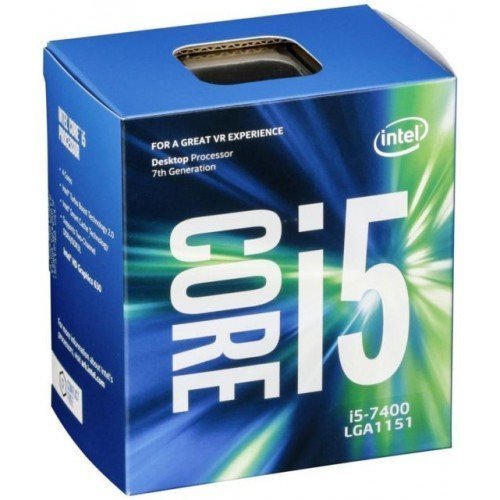
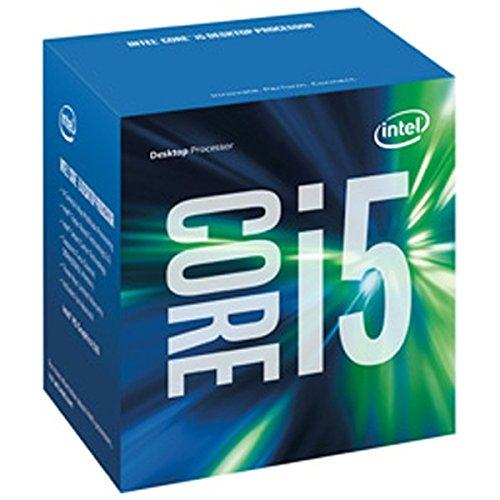
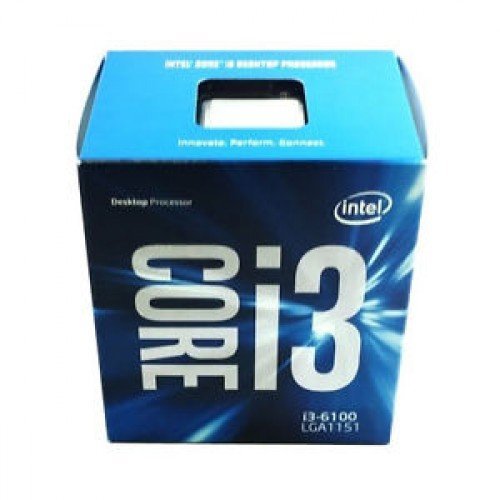


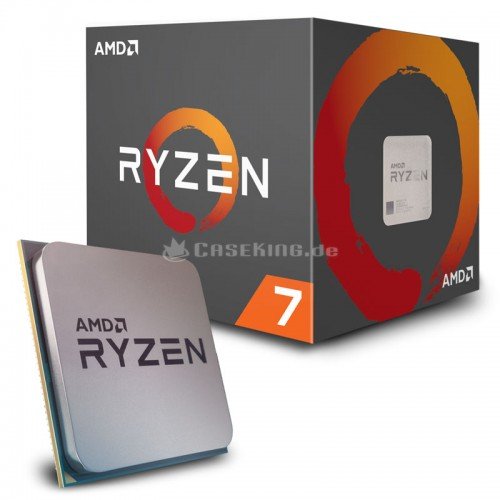
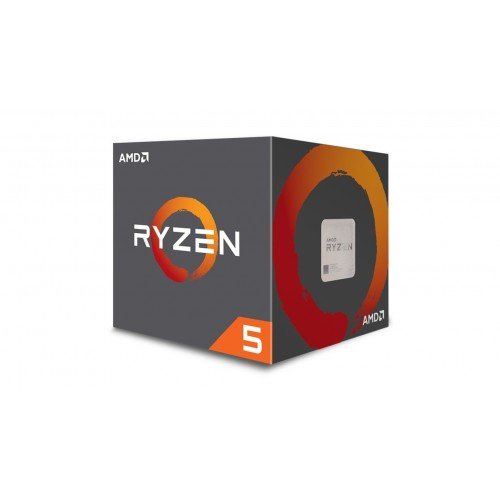
Reviews
There are no reviews yet.